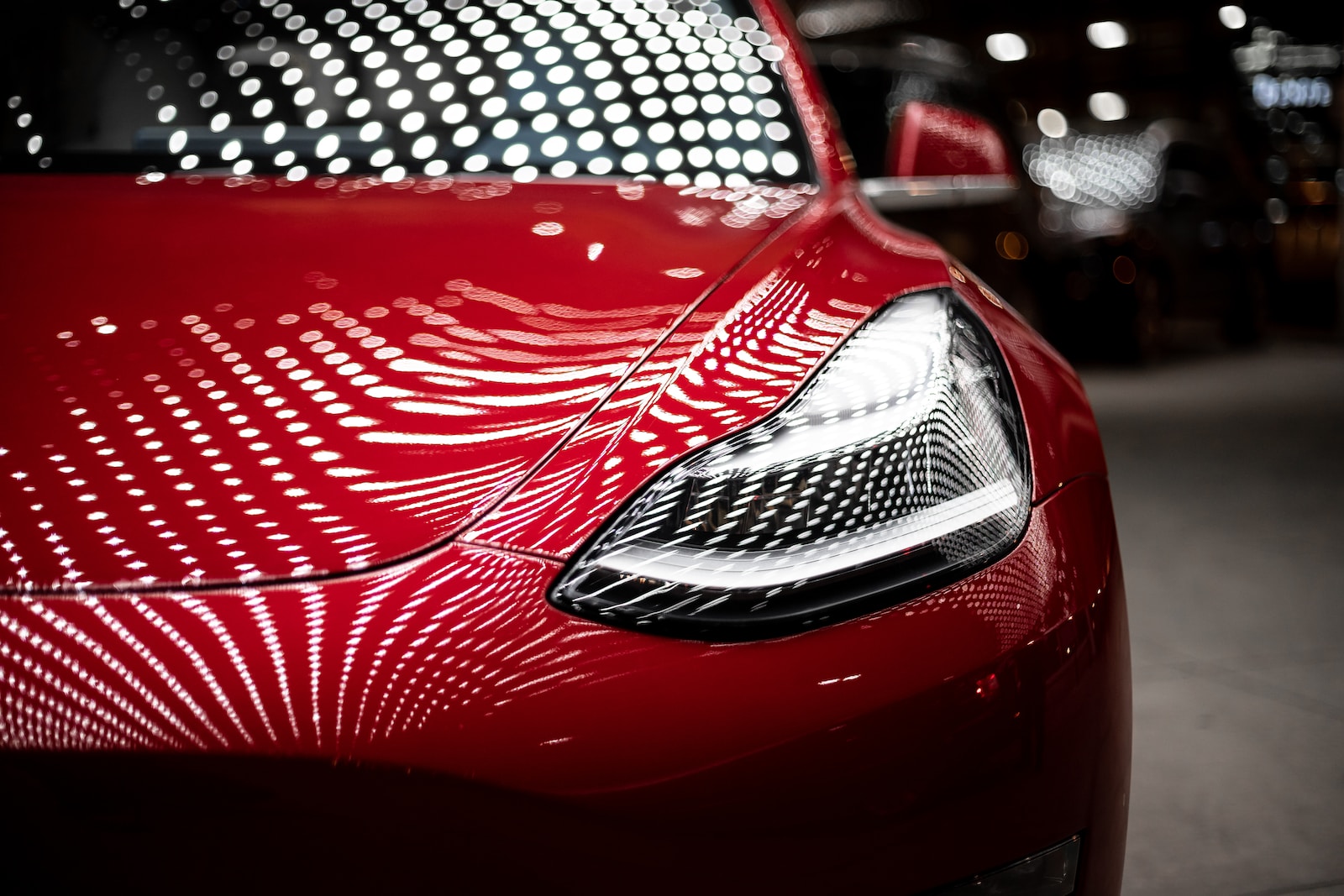Autonomous racing is a form of motorsport competition in which self-driving cars compete against each other. It has been gaining popularity over the years and is now seen as one of the most exciting forms of racing. Autonomous racing combines the thrill of motorsport with the latest advancements in artificial intelligence and autonomous vehicle technology. This article will explore the history, technology, competitions, and future of autonomous racing.
What is Autonomous Racing?
Autonomous racing is a type of motorsport competition where self-driving cars compete against each other. It is a form of racing that combines the thrill of motorsport with the latest advancements in artificial intelligence and autonomous vehicle technology. Autonomous cars use sensors, cameras, and other technologies to navigate the race track without the need for a human driver.
History of Autonomous Racing
Autonomous racing has been around since the early 2000s, but it has only recently become popular. The first autonomous racing competitions were held at the University of California, Berkeley in the late 2000s. Since then, autonomous racing has grown in popularity and attracted the attention of major automakers and technology companies.
Autonomous Racing Technology
Autonomous racing cars use a variety of sensors and technologies to navigate the track. These include cameras, radar, LIDAR, GPS, and computer vision. The cars are programmed to detect and respond to obstacles on the track in order to navigate safely and complete the race.
Autonomous Racing Competitions
Autonomous racing competitions have been held around the world. The most popular competition is the Roborace Championship, which is held annually in Europe. The Roborace Championship is the world’s first autonomous racing series and features teams from some of the world’s leading automakers and technology companies. Other popular competitions include the Autonomous Race Car Challenge, the Formula Autonomous Racing Series, and the Autonomous Grand Prix.
Challenges and Benefits of Autonomous Racing
Autonomous racing presents several challenges. Autonomous cars must be able to navigate the track safely and accurately, which requires advanced programming and sensor technology. Additionally, autonomous racing requires a significant amount of investment in order to develop and maintain the cars. Despite these challenges, autonomous racing provides a number of benefits. Autonomous cars are able to race for longer periods of time without the need for a driver, which makes the sport more exciting and cost-effective. Additionally, autonomous racing provides an opportunity for automakers and technology companies to showcase their latest advancements in autonomous vehicle technology.
The Future of Autonomous Racing
Autonomous racing is becoming increasingly popular and the future of the sport looks bright. The number of competitions is expected to grow in the coming years and the technology is expected to become more advanced. Autonomous racing is also expected to become more accessible, with the emergence of autonomous racecars that are available for purchase. As the technology continues to improve, autonomous racing is sure to become one of the most exciting and popular forms of motorsport.
Autonomous racing is an exciting form of motorsport that combines the thrill of racing with the latest advancements in autonomous vehicle technology. It has grown in popularity over the years and is now seen as one of the most exciting forms of racing. Autonomous racing presents a number of challenges and benefits, and the future of the sport looks bright. With the emergence of autonomous racecars and more competitions, autonomous racing is sure to become one of the most popular forms of motorsport.

